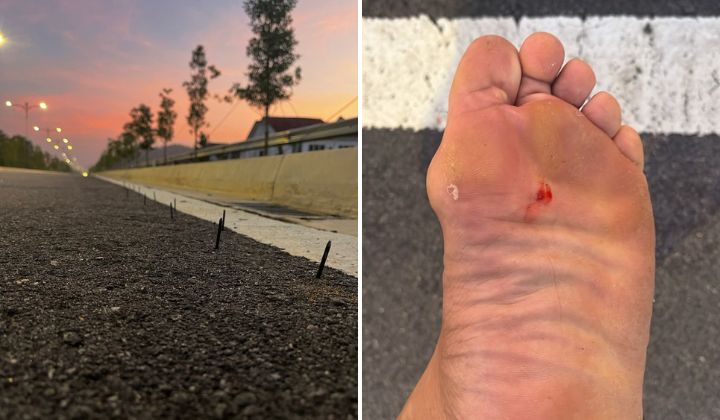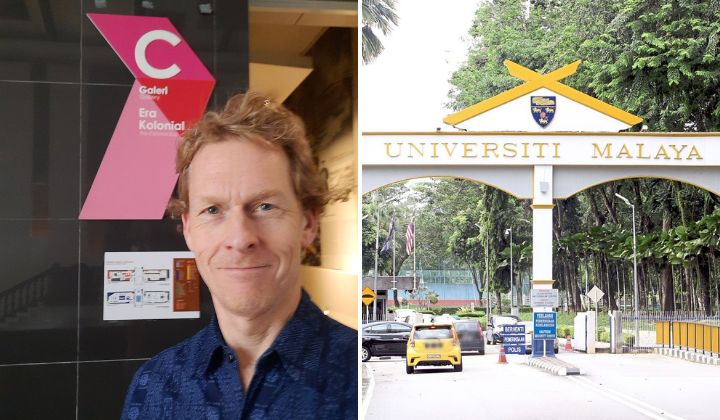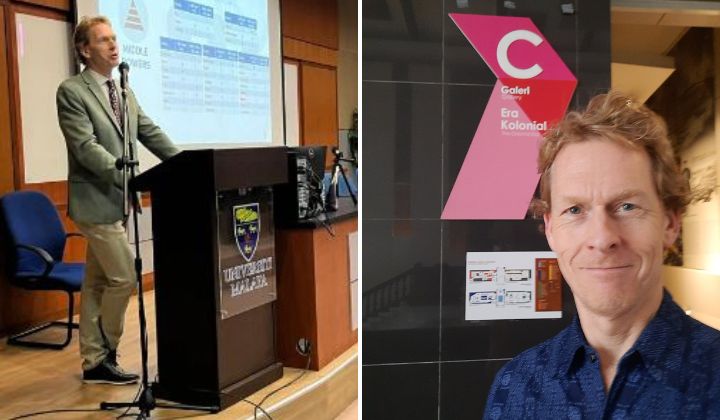Flash Floods Frequency On The Rise, But Why?
There are various ways to overcome the flash flood situation in Malaysia, starting with the maintenance of retention ponds

Subscribe to our FREE Newsletter, or Telegram and WhatsApp channels for the latest stories and updates.
Flash floods are becoming far too common of late. Places that have never experienced flooding are suddenly suffering from flash floods.
Not to mention the infrastructure damage due to the heavy downpour combined with strong winds, with the recent landslide at the Subang Jaya City Council parking lot as just one example.
The situation persists and may get worse in the coming days, as the Metrology Department of Malaysia released a statement on 7 November which states that the Northeast Monsoon (MTL) season in Malaysia has begun and will persist until March 2024.
Four to six periods of heavy rain are predicted throughout this time.
Floods In Malaysia
Malaysia experiences three types of floods: monsoonal, flash, and coastal. Monsoonal floods occur during the Northeast Monsoon, occurring from November to March.
Coastal floods are caused by backwater effects from tidal influence, affecting lower reaches. Flash floods are mainly caused by high-intensity, short-duration rainfall in densely developed urban areas.
Rapid land use changes have increased impervious areas, affecting water runoff patterns. This reduces water infiltration and lowers water tables, leading to faster runoff and higher flood volumes.
Moreover, according to the Department of Irrigation and Drainage (JPS), other than the weather, flash floods are also caused by:
- Land development without MSMA/ESCP (Urban Stormwater Management Manual and Erotion and Sediment Control Plans) compliance
- Insufficient drainage leads to flash floods
- Rubbish and debris are being dumped into drainage systems, clogging the drainage
- Budgetary constraints that prevent proper maintenance or improvement of the drainage system
Furthermore, there are possibilities of the situation getting worse in the future due to climate change, changes in land use, and the development of land without MSMA/ESCP compliance.
Ways to Overcome Flash Floods
There are various ways to overcome the flash flood situation in Malaysia, starting with the maintenance of retention ponds (a pond that temporarily stores stormwater runoff).
Besides that, there is the Stormwater Management and Drainage Master Plan (PISMA), also known as Pelan Induk Saliran Mesra Alam, which is a city-scale plan that focuses on local urban challenges and long-term solutions for stormwater management.
It complies with the MSMA concept and identifies issues and weaknesses related to existing systems and water quality.
The plan proposes measures to overcome flash floods and water quality issues in urban areas. It also provides guidance for local authorities, developers, and other parties in preparing, reviewing, or considering land development planning permission applications.
The Malaysian government is implementing flood mitigation initiatives to address water flow issues. These include upgrading and expanding drainage systems to handle heavy rain and implementing 33 High Priority Flood Mitigation Projects (TBBT) costing RM11.8 billion by 2024. These projects aim to mitigate river overflows and flash floods.
Additionally, strict land use regulations are being implemented, especially in flood-prone areas, to ensure adequate water management. JPS is also working on updating the Condition of Flooding and Flood Damage Assessment (UCFFDA) in Malaysia, revising flood situations and damages for the Tenth and Eleventh Malaysia Plans.
The Malaysian Government and its agencies, particularly JPS, will use updated flood information to prioritise flood management initiatives. The study aims to analyse flooded areas to assess losses and improve planning.
Other than that, according to JPS, communities will be educated about flood situations, as it can reduce the risks and improve response times. JPS and NRECC plan to share the Inundation Map and Flood Hazard Map with the public by 2024, displaying historically affected regions and future flood-prone areas.
Green infrastructure, such as parks and rooftops, that can absorb rainwater and reduce runoff will also be built. Also, preserving natural floodplains and wetlands can act as natural buffers during heavy rainfall, absorbing excess water and reducing flash flood impacts.

Retrofitting and upgrading existing infrastructure to be flood-resilient and incorporating climate-resilient designs in new construction can significantly reduce flood risks.
Additionally, developing policies and strategies to address the long-term impact of climate change on weather patterns and water management will also be helpful in the matter.
Furthermore, JPS has ensured the flawless and regular execution of river maintenance projects, flood reservoirs, and JPS infrastructure across the nation.
By taking these steps, JPS has managed to improve its ability to prepare for the Northeast Monsoon (MTL) monsoon season and will be better equipped to handle and lower the danger of floods that might negatively impact the public.
What can people do?
Residents in flood-prone areas should take precautions and follow authorities’ instructions to minimise the impact of disasters on their lives and properties.
To reduce vulnerability to flash floods, individuals should stay informed about weather forecasts and flood warnings, make home modifications, create insurance coverage, use flood-resistant materials during construction or renovations, and have emergency kits with essentials like food, water, first aid supplies, and important documents in a waterproof container.
Elevating critical utilities and installing check valves in plumbing can also help prevent floodwater backup. Creating appropriate insurance coverage can help compensate for public losses and reduce the financial impact of flood damage.
Share your thoughts with us via TRP’s Facebook, Twitter, Instagram, or Threads.





